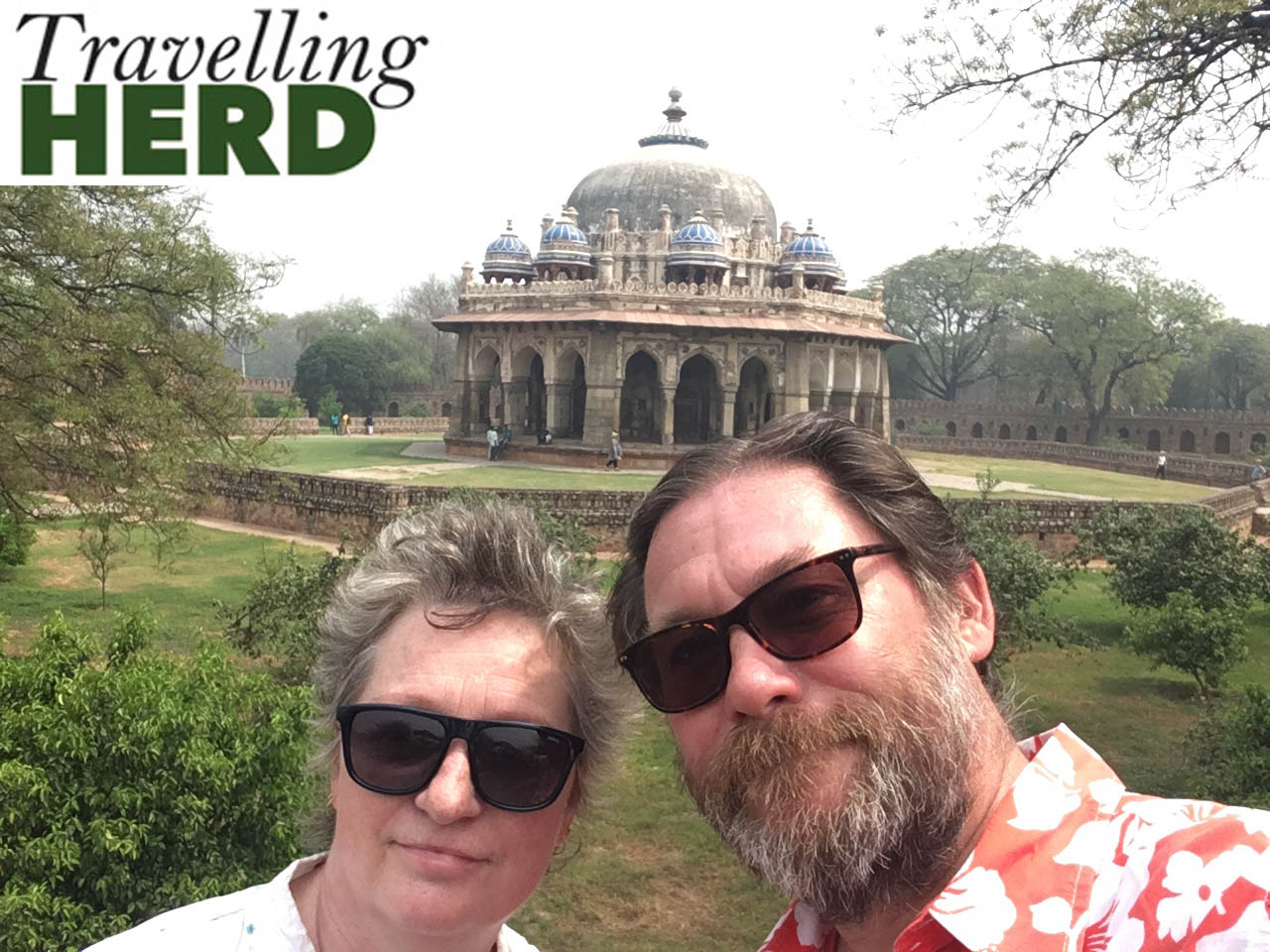Sunday 7th April 2019
Having used the New Delhi Metro on Saturday, the places we wished to visit on Sunday were spread out around the city and were not necessarily close to metro stations so we decided to revert to travelling by tuk-tuk.
Our first stop was Safdarjang’s Tomb which was built between 1753 and 1754 by his son and features an ornamental two storey gateway, a courtyard, mosque and channels to carry [currently non-existent] water to various pavilions. Safdarjang was the Governor of Awadh Province and later prime minister for the Mughal ruler, Mohammad Shah.
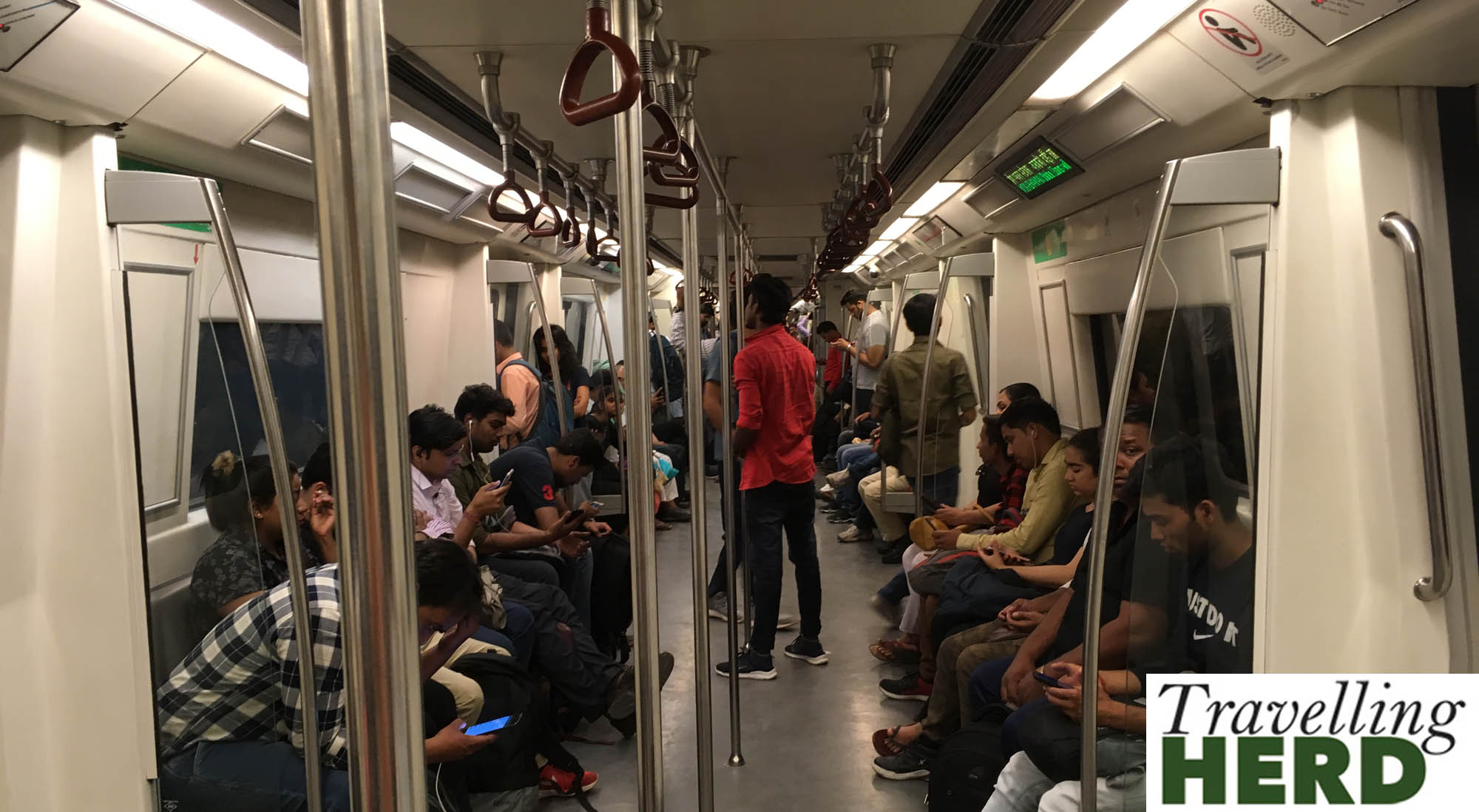
From Safdarjang’s tomb [above] we headed towards Humayun’s tomb but we had not realised quite how many other memorials and mausoleums there would be at the Nizamuddin Complex. This is a medieval settlement which includes the graves of the poet Mrza Khan and Jahanara Begum, Shah Jahan’s favourite daughter, as well as Humayun himself.
First we visited Isa Khan’s garden tomb [below] which is twenty years older than Humayun’s mausoleum and is apparently the only surviving octagonal enclosed tomb complex with walls, gateway and mosque all intact.
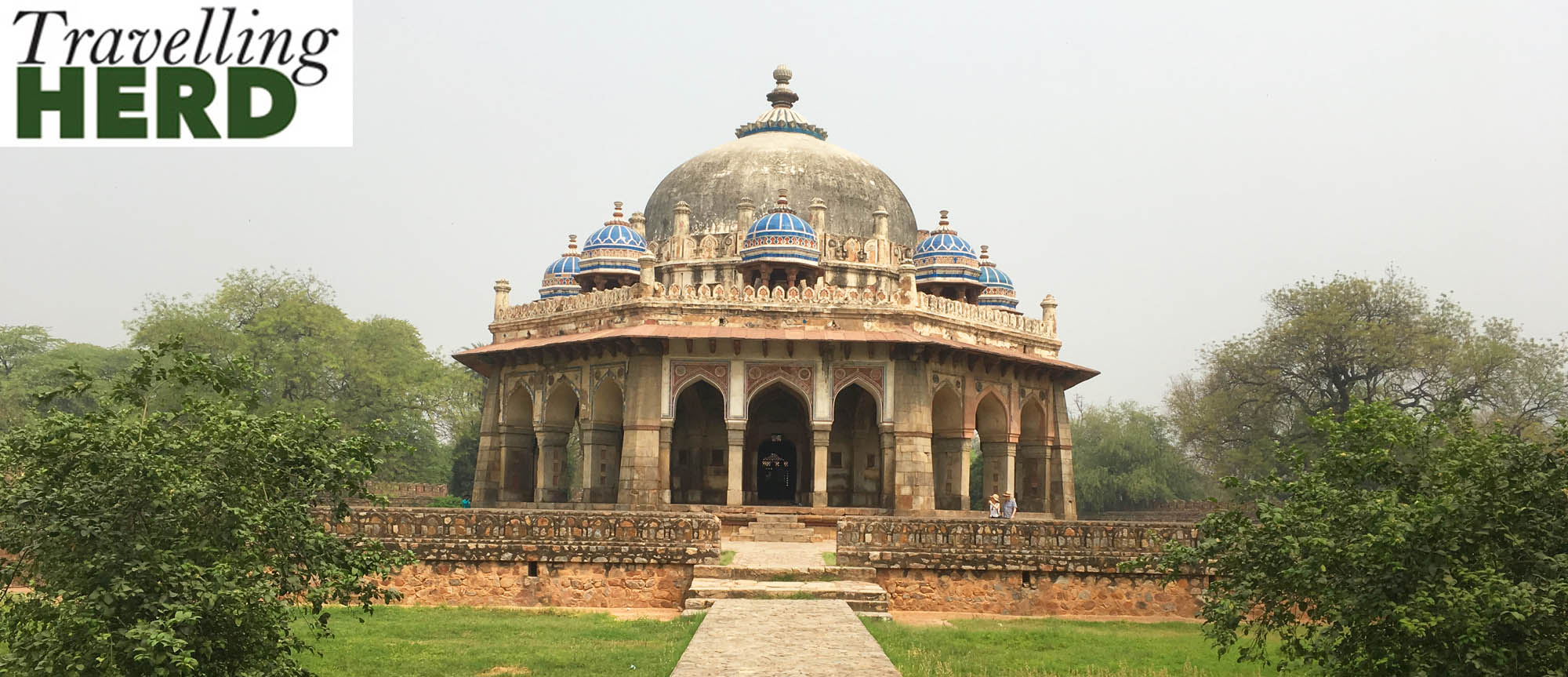
Humayun was the second Mughal emperor and his tomb is said to be the first great example of a Mughal garden tomb, providing inspiration for other subsequent notable mausoleums culminating in the Taj Mahal. Built in 1565 by Humayun’s senior widow, the main chamber contains the plain white sarcophagus of Humayun himself while the side chambers also provide the last resting place for his wives and Dara Shiloh, Shah Jahan’s scholarly son.
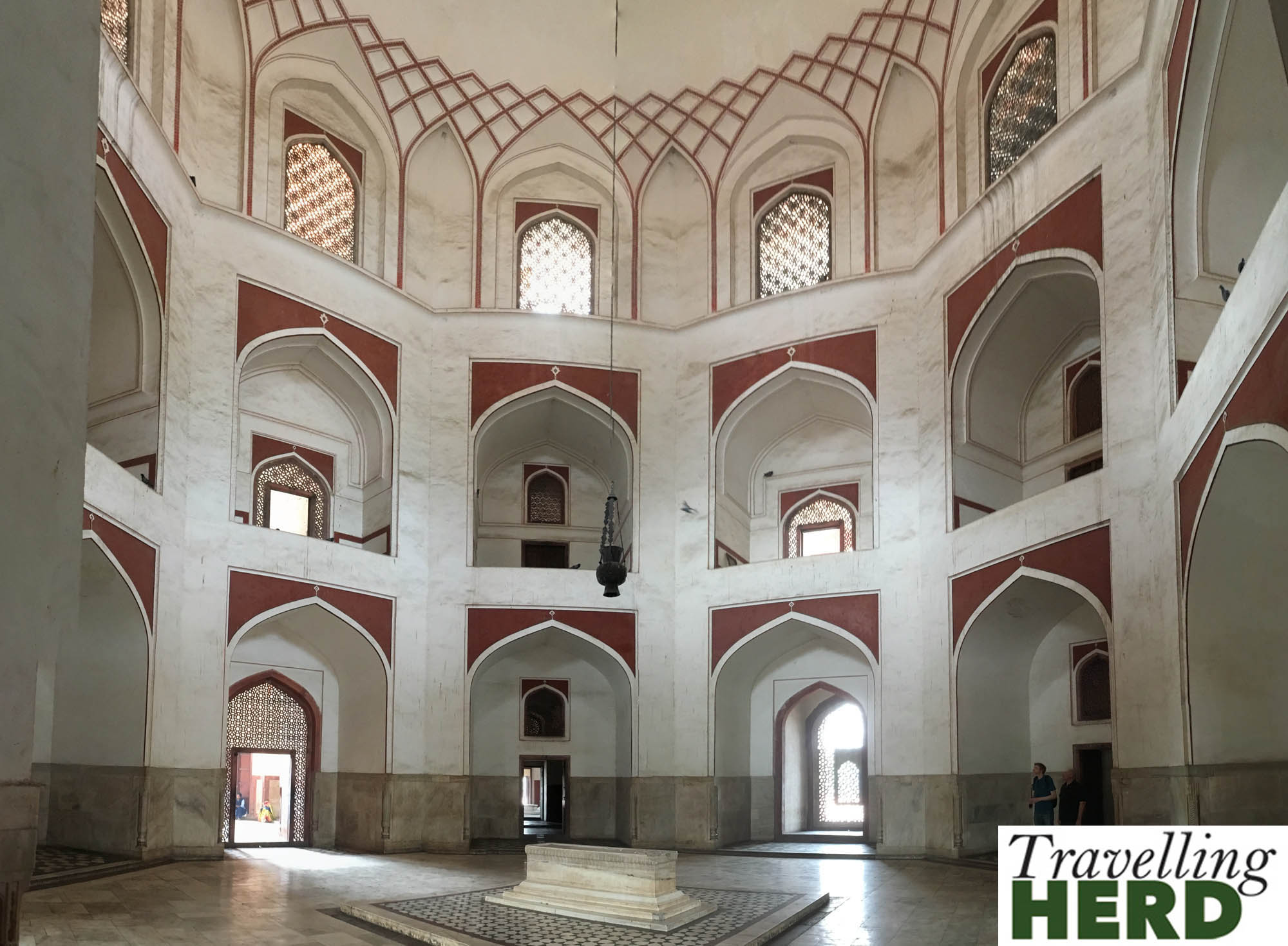
From here we went to India Gate, a towering sandstone arch, built to commemorate the Indian and British soldiers who died in WWI as well as those who fell in the North-West Frontier Province and the Third Afghan War. An eternal flame honours those who died in the 1971 India-Pakistan war. Through the arch you can see a sandstone canopy, which used to keep the sun off a statue of King George V first erected here in 1936. The statue can now be seen in Coronation Park and the canopy stands empty.
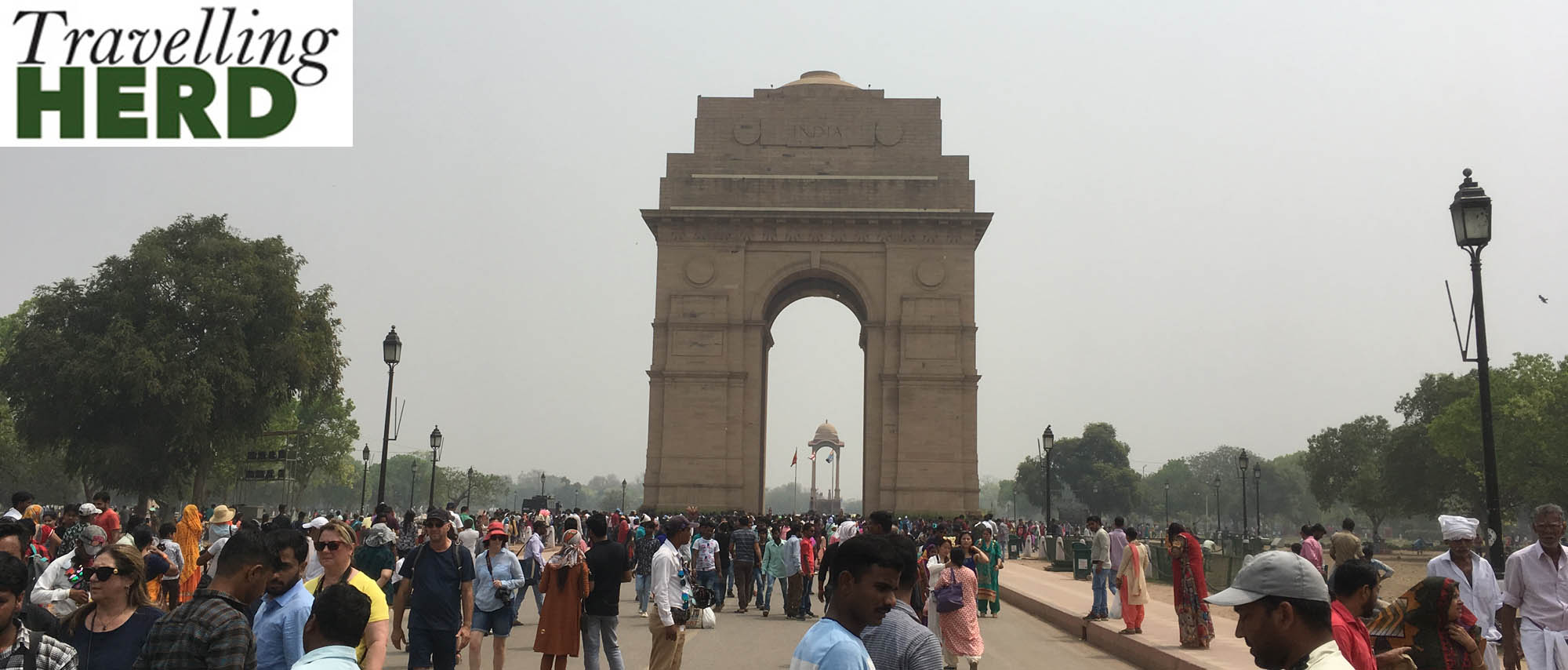
Sir Edwin Landseer Lutyens was commissioned to design India’s new capital in 1911. Working with his colleague, Sir Herbert Baker, it took twenty years to build the city in a style which combines Western Classicism with Indian decorative motifs and details. The result is stunning.
On an area known as Raisina Hill, Lutyens’ Rajpath – a wide avenue, reminiscent of The Mall and used for similar processional purposes – runs from India Gate down through Vijay Chowk, [Victory Gardens] past the two imposing halves of the Secretariat towards the Rashtrapati Bhavan which was originally designed as the Viceroy’s Palace and is now the official residence of the President of India. Apparently it takes three months to decorate and prepare the Rajpath as the route of the annual Republic Day Parade on 26 January and one month to take everything down afterwards.
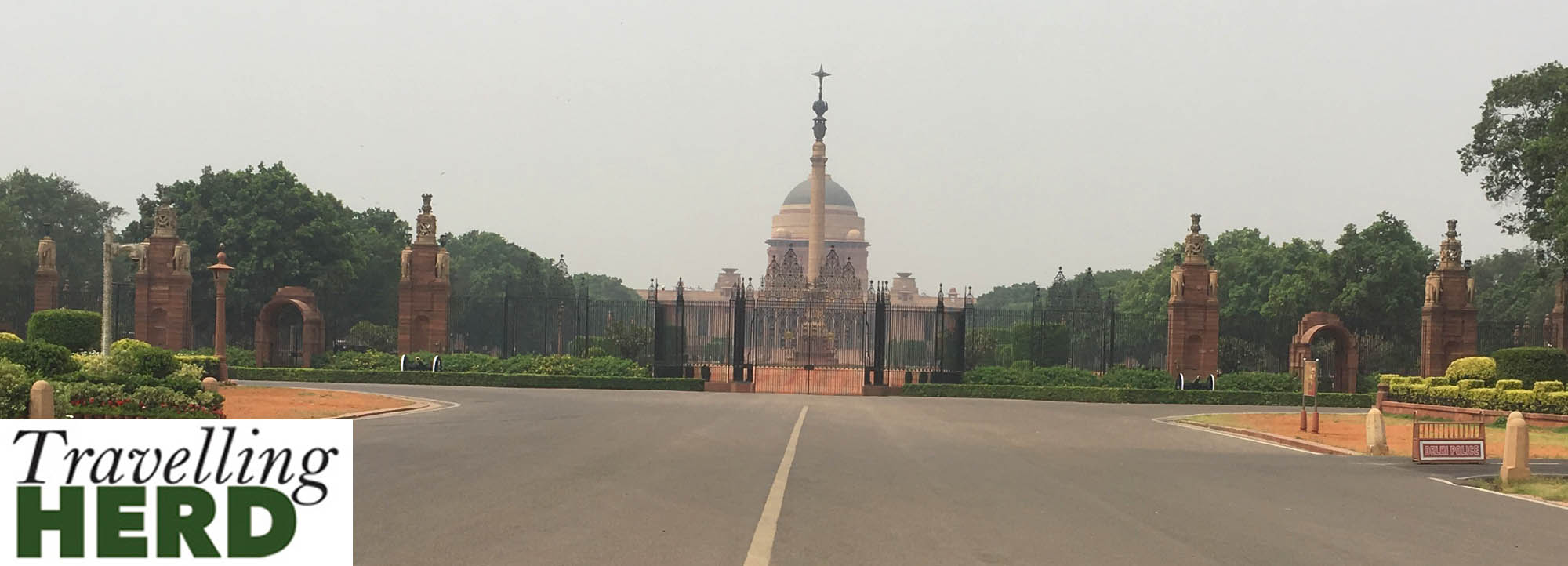
Security prevented us from getting too close to Rashtrapati Bhavan.

But the North Block of the Secretariat building and Vijay Chowk are two of the few places where the fountains are working.
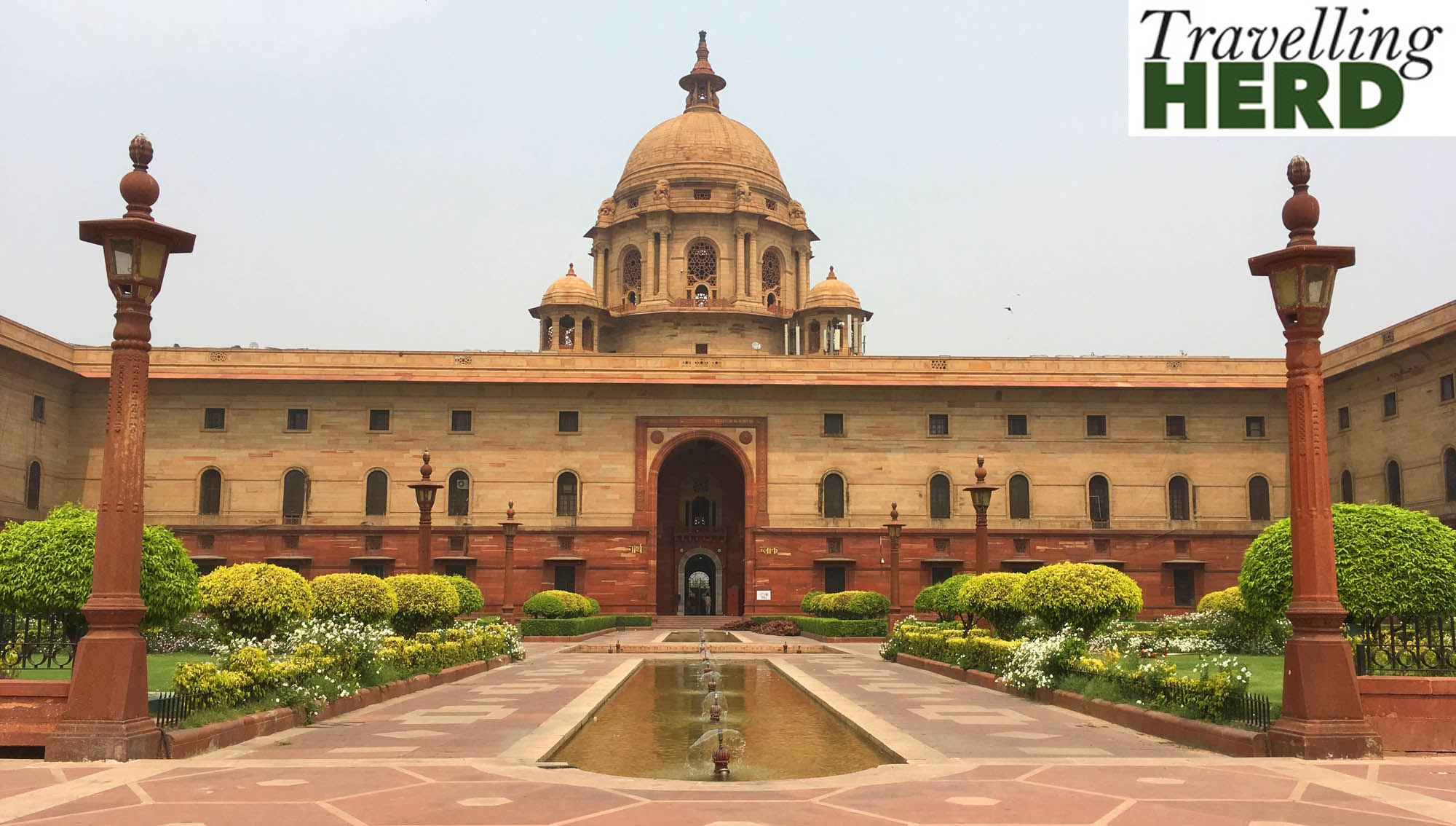
The Lok Sabah [House of the People or lower house] and the Rajya Sabha [Council of States or upper house] which comprise India’s Parliament meet in the circular Sansad Bhavan, previously known as Parliament House.
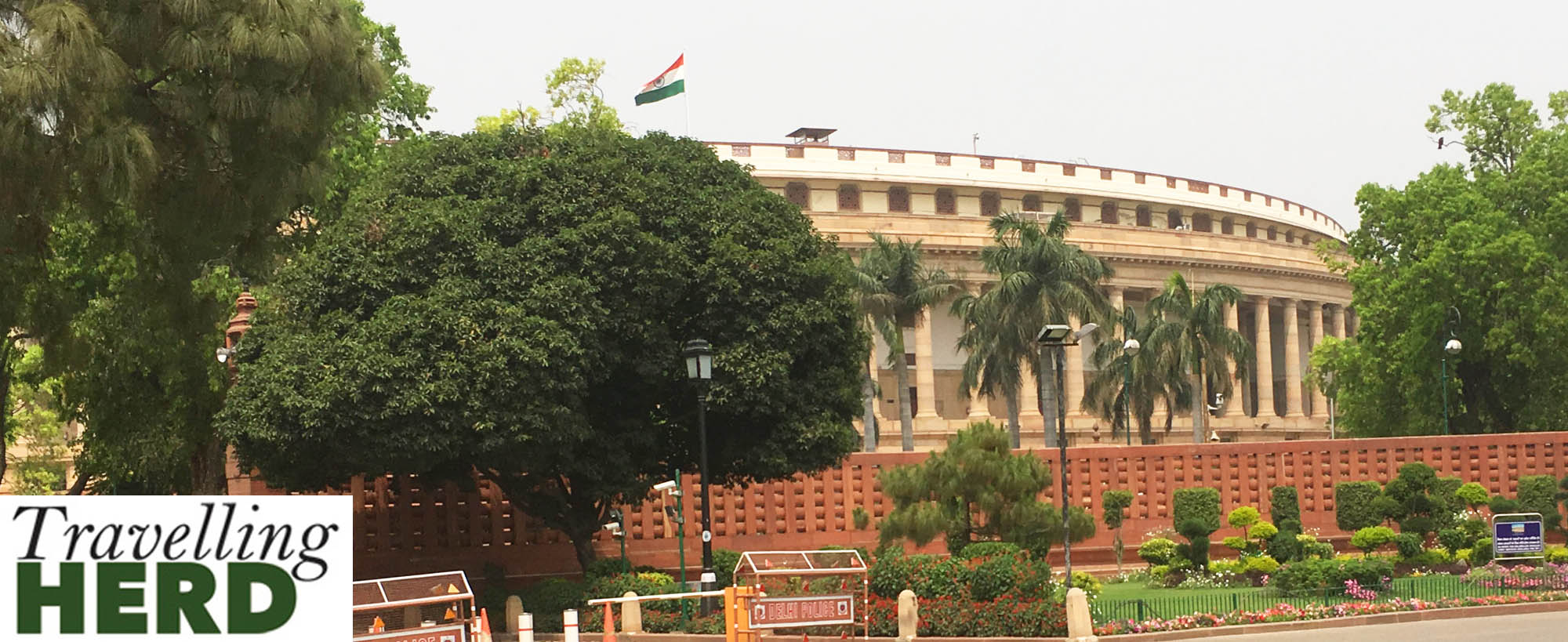
After the completion of Lutyens’ grandiose plans, the British stayed on here for only a further 16 years.
Because Robert has now travelled on his last train in India, he was feeling a little bereft so our final tourist destination of the day was the National Railway Museum. Surely, no commentary required.

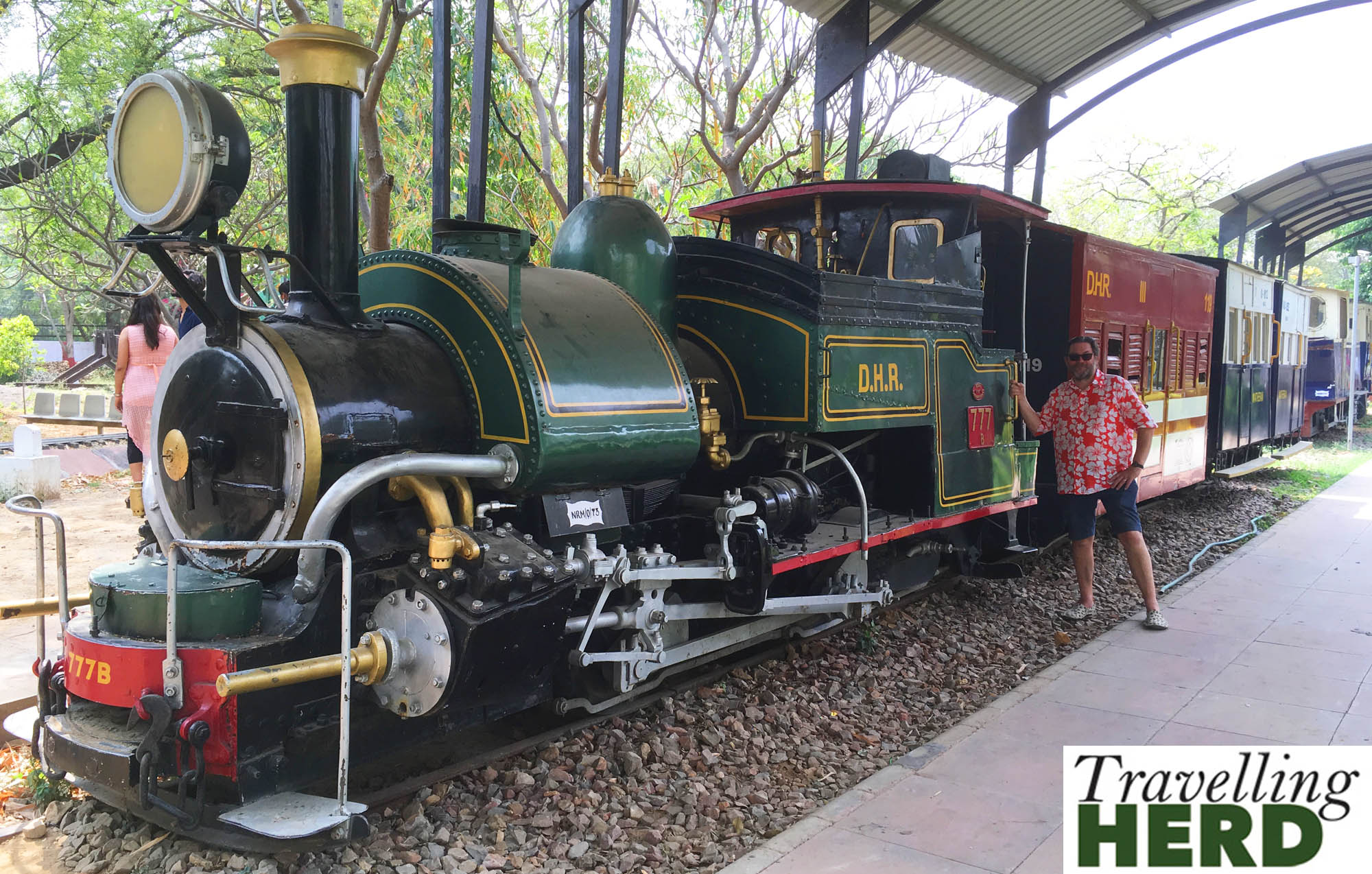
Current Route Map:
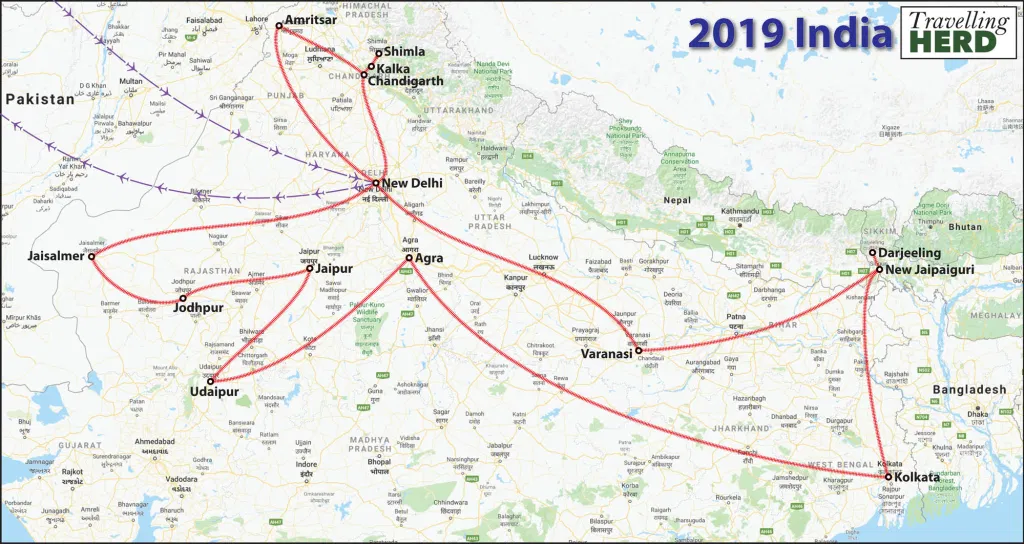
Distance travelled so far:
By Air to Delhi: 4,187miles
By 19 trains around north India: 4,670miles
Selfie of the day:
